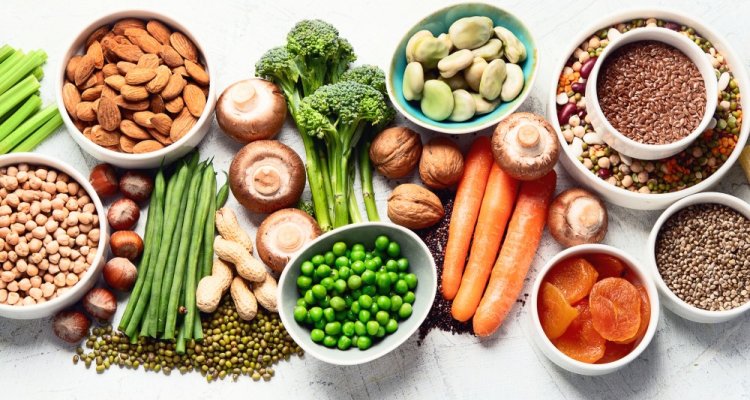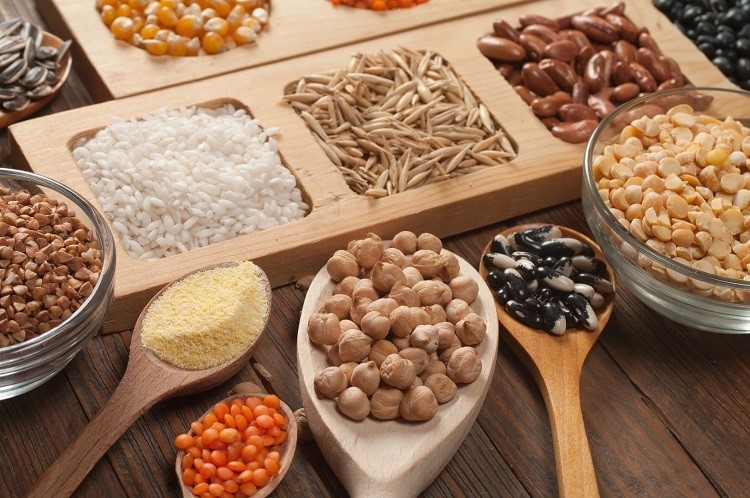There has been significantly increased interest in novel protein sources as alternatives to animal products in the last few years. Consumers’ motivations may differ, including anything from concerns over climate change or animal welfare to allergies and perceived health benefits, but the demand is there. Consequently, there has been a rise in investment in this area mirrored by a spike in scientific publications.
In this list, we will consider some of the popular and up and coming alternative protein food sources.

Plants
For some time, plants have somewhat hogged the limelight in both the traditional and novel alternate protein markets. The likes of soy milk have been around for decades while the use of sources like pea or soy proteins fashioned into creations such as the Impossible BurgerTM and plant-based “steak” are more recent. Legumes have traditionally supplied many of the rich protein sources we look to as an alternative to animal products thanks to their all-round nutritional profile, cheapness and accessibility.
However, compared to some other alternatives, many plants provide a limited range of essential amino acids. Researchers have found that the proteins obtained from peas (the pulse rather than leguminous proteins that are derived from the pod and the rest of the plant) are generally a richer source of essential amino acids, although lacking in sulfur-containing amino acids including methionine and cysteine.1 Their physical attributes, such as viscosity, solubility and capacity to retain water and oil have also made pea proteins an attractive proposition.2

Textural and aroma profiles have been a challenge with plant-based alternatives, especially when it comes to creating mixtures suitable for 3D printing – a technique growing in popularity in the future foods market.3, 4, 5 Peanut protein has been found to provide good textural and sensory acceptance from consumers in 3D printed food experiments6 but comes with the added complication of allergenicity for a not insignificant proportion of society. By using multiple plant proteins in combination, including the well explored pea and soy proteins along with others such as oat, fava bean7 and corn zein,8 a number of studies found they were able to create mixtures that were amenable to 3D printing whilst also boosting nutritional profiles.
Leaves
“Leaves are plants surely?!”, I hear you say. Yes, that’s very true but they are being listed here separately as, while they have been used in animal feeds for many years, in the past they have typically been overlooked in the plant-based food world as a protein source in favor of protein-rich seeds and roots. Many of us may be familiar with jackfruit as a meat substitute but its leaves are also showing promise with high protein content, antioxidants and favorable functional properties.9

A number of other leaves have also been evaluated and found to have positive nutritional, medicinal and functional characteristics. Included are water hyacinth, particularly rich in phenylalanine and leucine,10 moringa leaf, rich in leucine and valine,11 as well as pumpkin plant leaves and amaranth.12 While they may not offer the all-round nutritional or amino acid profiles of some other alternative protein sources, generally they are cheap and may be accessible to those in areas where other sources may be challenging to obtain.
** Click here to read the full-text **







